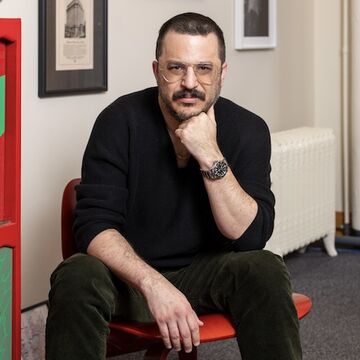

Jonathan Solomon
Professor
Contact
Bio
Education: MArch 2003, Princeton University; BA 2000, Columbia University, New York. Exhibitions: M+ Hong Kong; La Biennale de Venezia; Trienal de Arquitectura de Lisboa; International Architecture Biennale of São Paulo; Storefront for Art and Architecture; Hong Kong Shenzhen Biennale. Publications: Cities Without Ground, Oro Editions; 13 Projects for the Sheridan Expressway, Princeton Architectural Press. Bibliography: The Guardian, Domus China, Surface Asia, Der Spiegel, Volume, The Atlantic, The Architectural Review, Metropolis, The Wall Street Journal, Pin-up, Wallpaper. Awards: Graham Foundation; American Institute of Architects; Environment and Conservation Fund, the Government of Hong Kong; New York State Council for the Arts; National Endowment for the Arts.
Personal Statement
Jonathan Solomon, FAIA, is Professor of Architecture at the School of the Art Institute of Chicago and partner in the firm Preservation Futures. His diverse work includes award-winning adaptive reuse design, preservation consultation, and scholarship. Solomon has extensive international experience in arts leadership. He has directed schools, taught, and developed programming with institutions worldwide, including serving as founding editor of 306090 Books, curator of the US Pavilion at the Venice Architecture Biennale, and director of the independent Chicago gallery Space p11. Solomon is a registered architect in the State of Illinois and a Fellow of the American Institute of Architects.